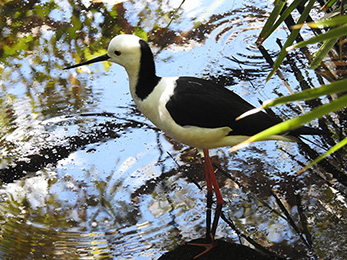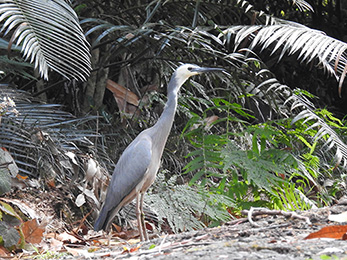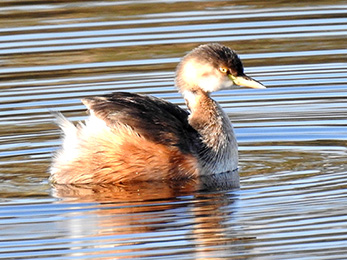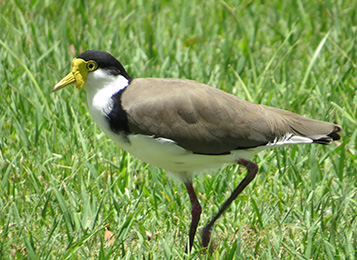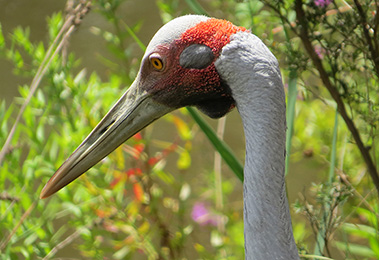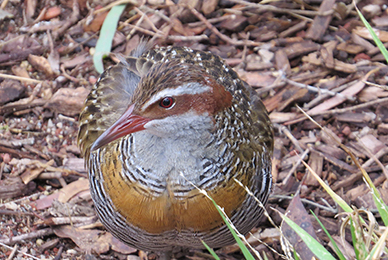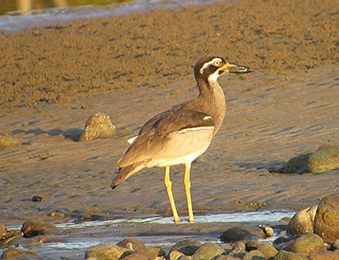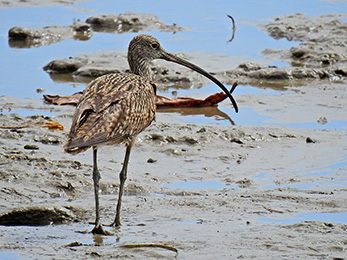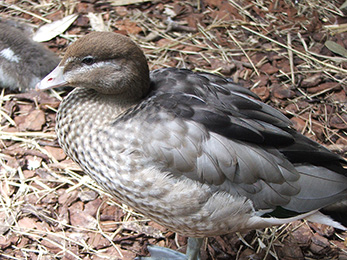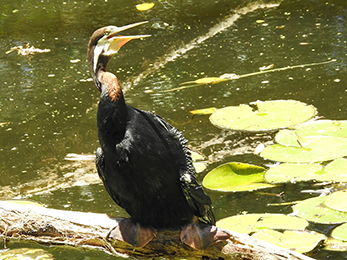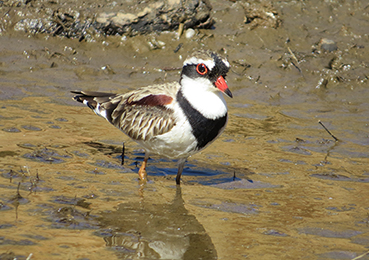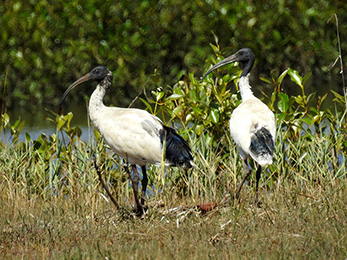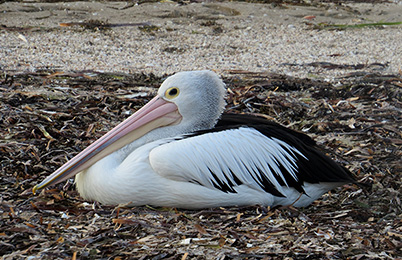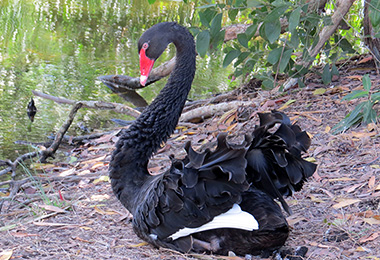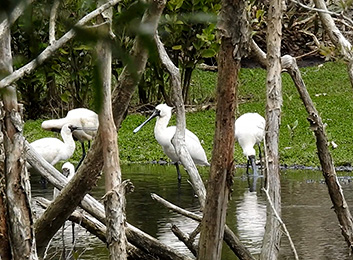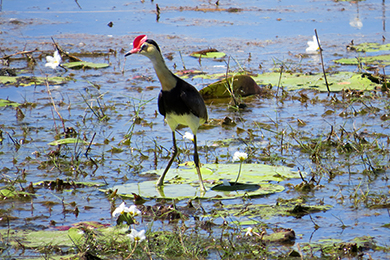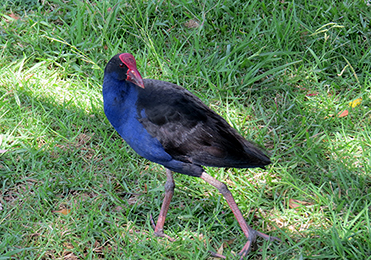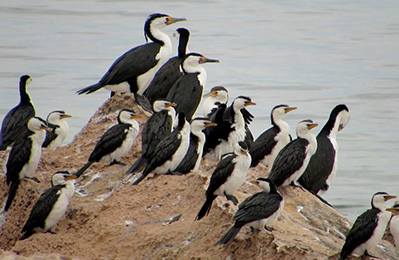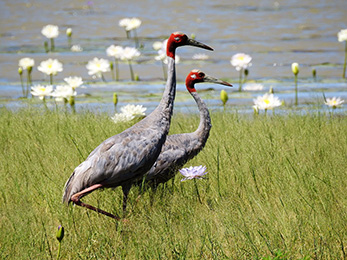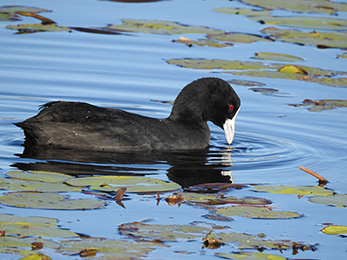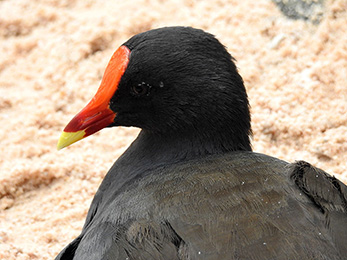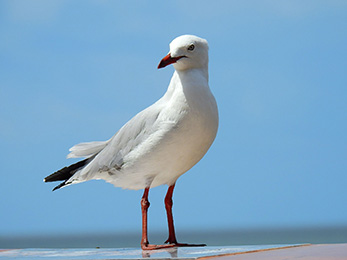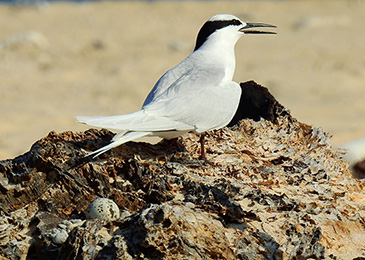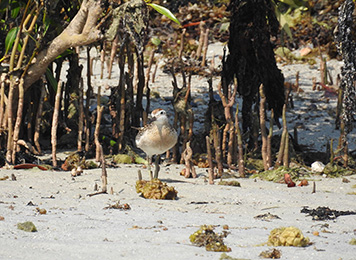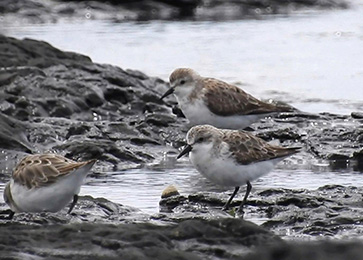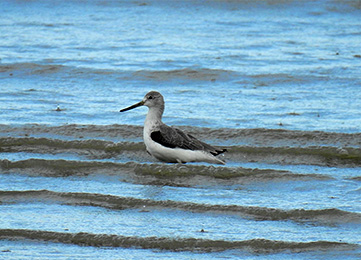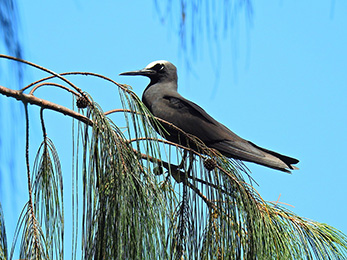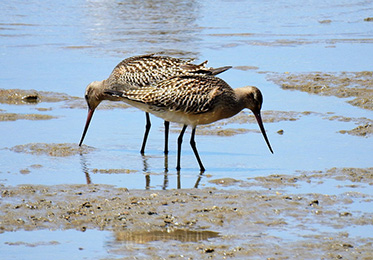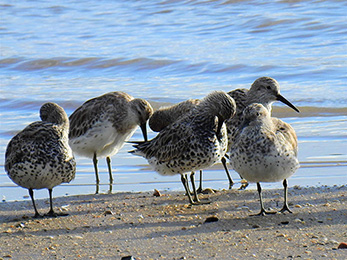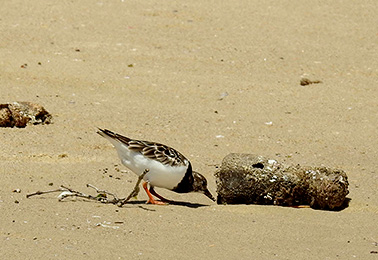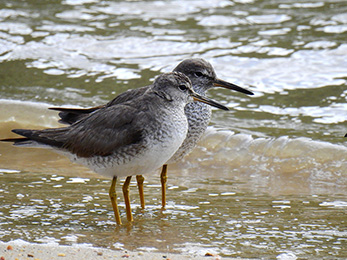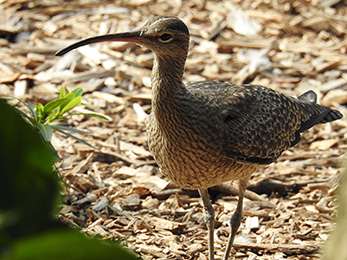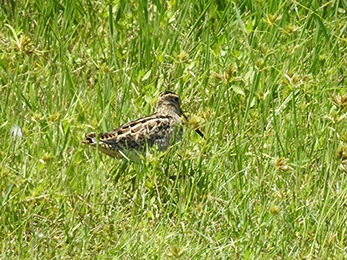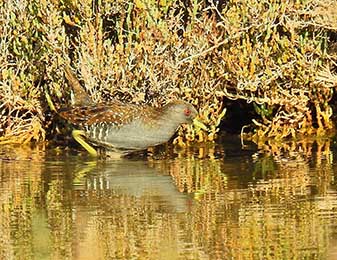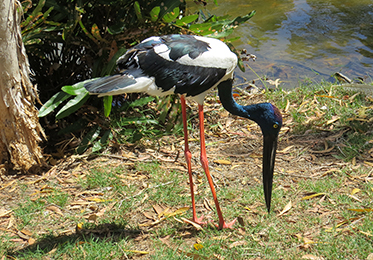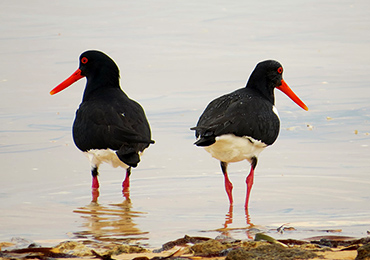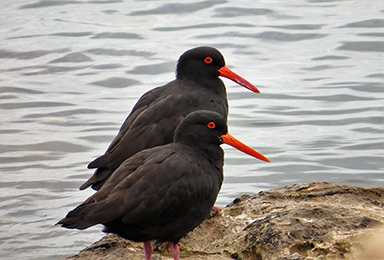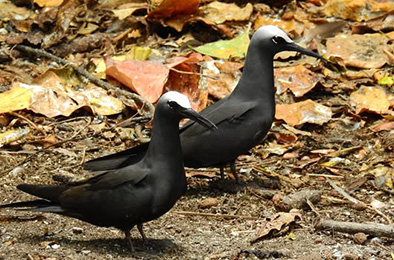SHORE & WETLAND BIRDS
Australia is home to a wide variety of wetland and shorebird species, many of which are found nowhere else in the world. These birds have adapted to the country’s diverse and often harsh environments, making them ecologically important and of great interest to ornithologists and birdwatchers.
Australia’s wetlands and shorelines play a crucial role in the annual migration of many bird species. Birds from as far away as Siberia and Alaska migrate to Australian wetlands during the southern hemisphere’s summer (our winter) to escape the harsh conditions of their breeding grounds.
Australia has numerous Ramsar Wetlands, designated under the Ramsar Convention, an international treaty aimed at conserving and protecting important wetland habitats. These sites provide critical habitats for a variety of bird species, including waterfowl, waders, and shorebirds.
Some of Australia’s wetlands and shorelines serve as vital breeding grounds for various bird species. For example, places like the Coorong in South Australia provide nesting sites for a significant population of migratory waders.
Many wetland and shorebird species in Australia face threats such as habitat loss, pollution, and climate change. Conservation organizations and government agencies in Australia work tirelessly to protect and conserve these birds and their habitats. Research and monitoring programs are also in place to better understand and safeguard these species.
Australia is home to unique wetland and shorebird species, such as the Australian Pelican, Brolga, and the critically endangered Eastern Curlew. These species have adapted to Australia’s distinct ecosystems and are important for the country’s ecological diversity.
Australia’s wetlands and shorelines attract birdwatchers and ecotourists from around the world. Observing these birds in their natural habitats is a popular activity, contributing to local economies and raising awareness about the importance of preserving these areas.

